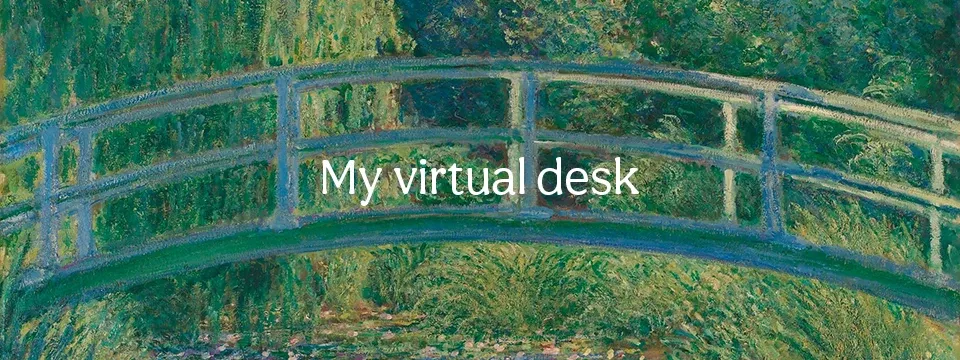In a world obsessed with speed, there’s profound beauty in choosing slowness. When we slow down, we notice the texture of paper, the weight of a pen, the way light changes throughout the day.
The art of slow living isn’t about being lazy or unproductive—it’s about being intentional with our time and attention. It’s about creating space for depth in a world that rewards surface-level engagement.
